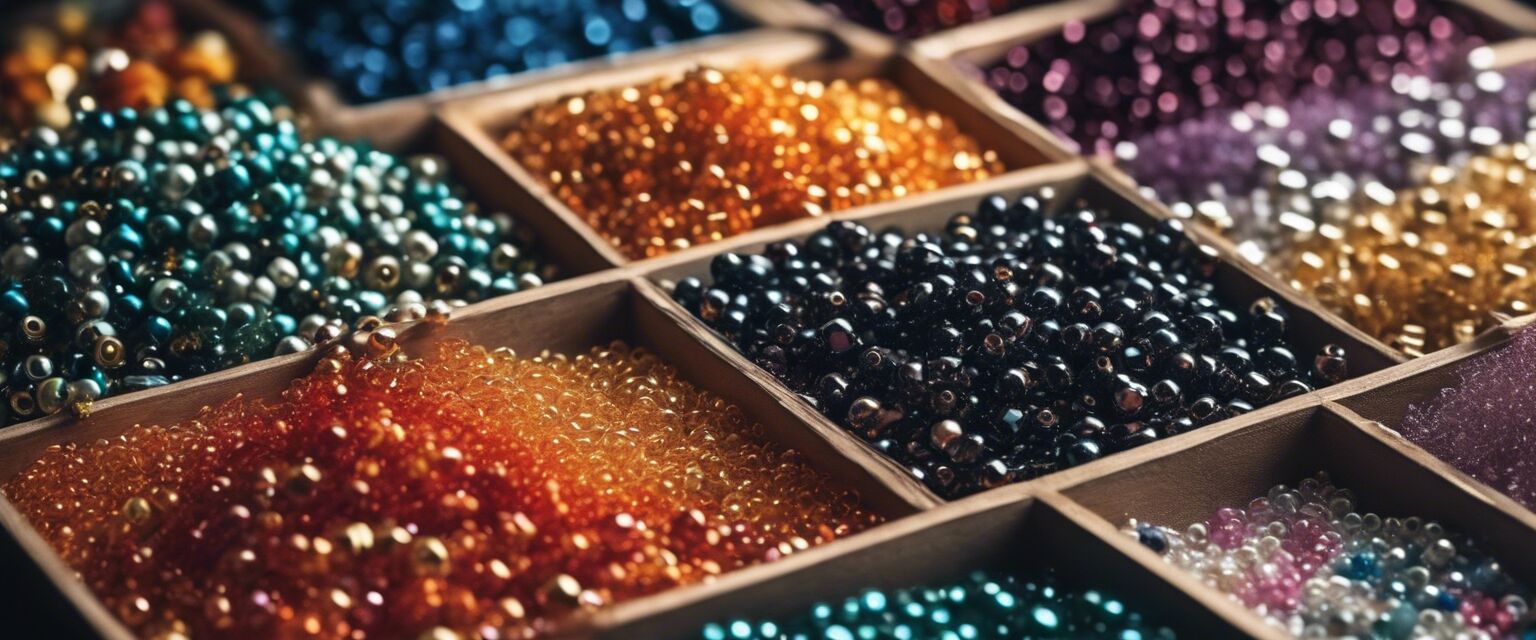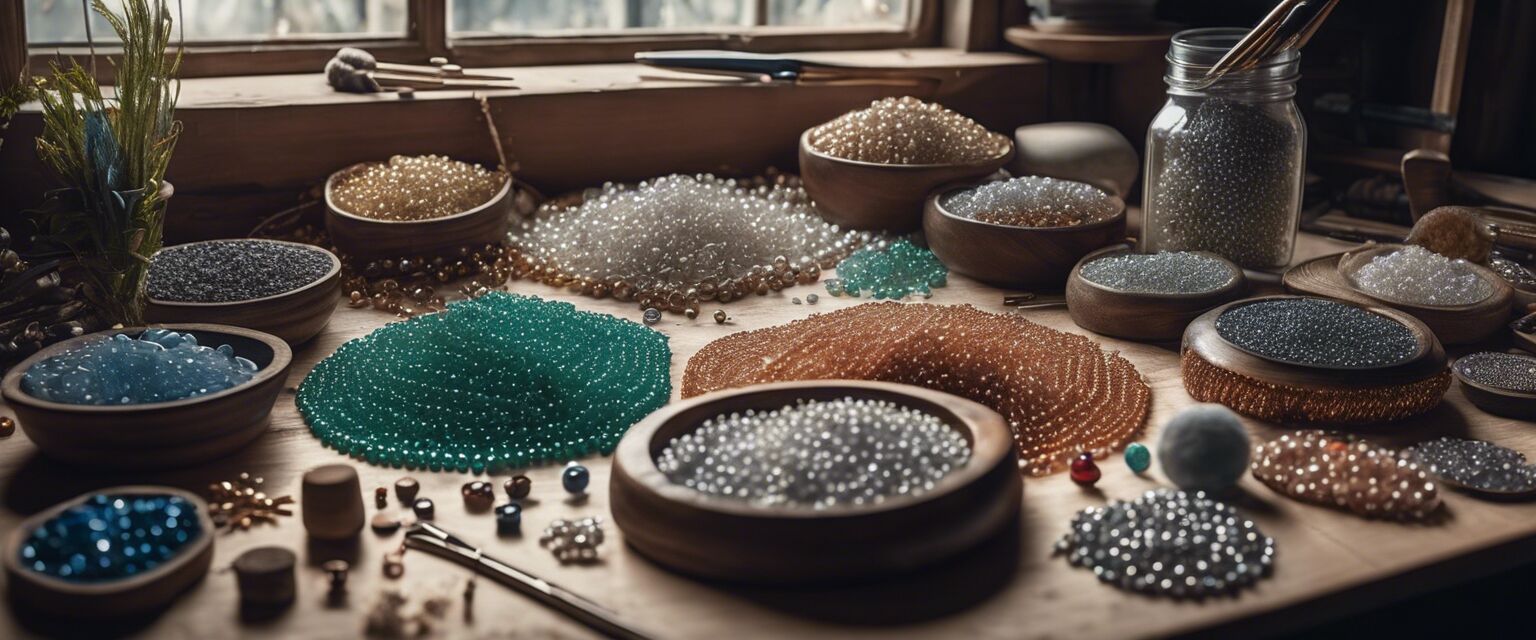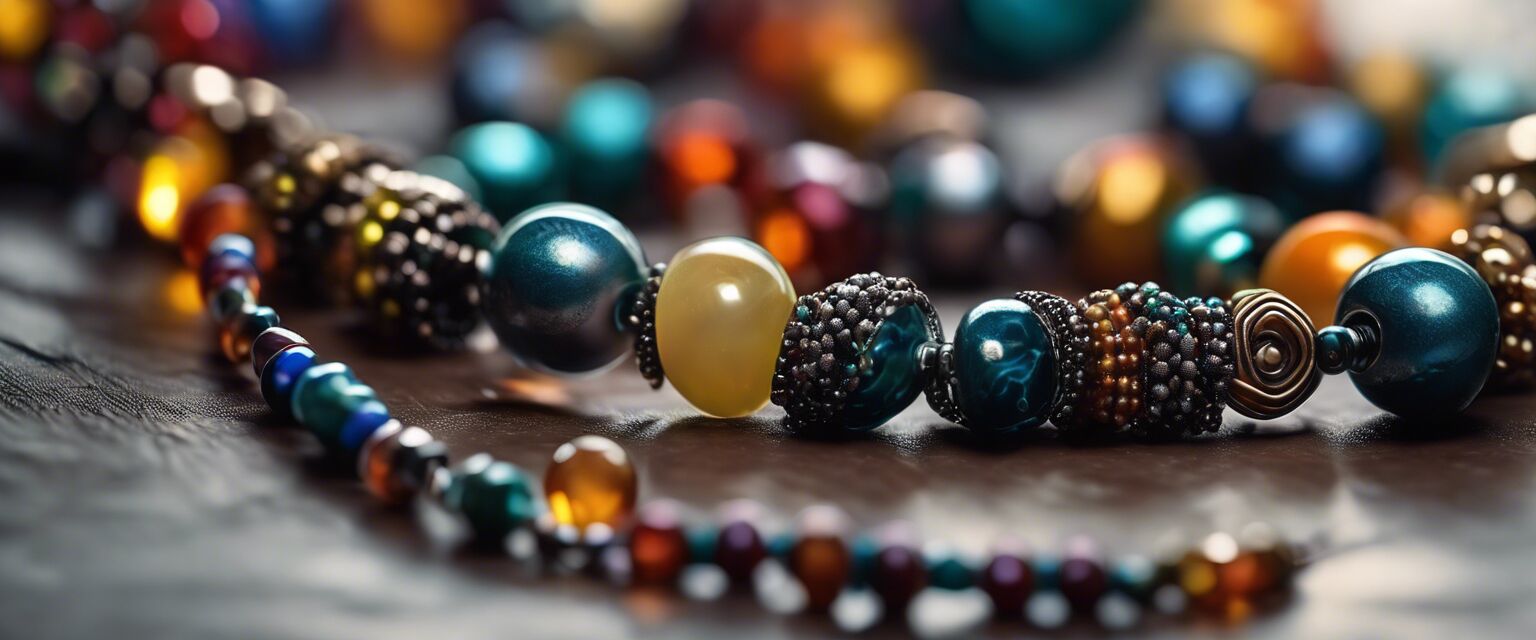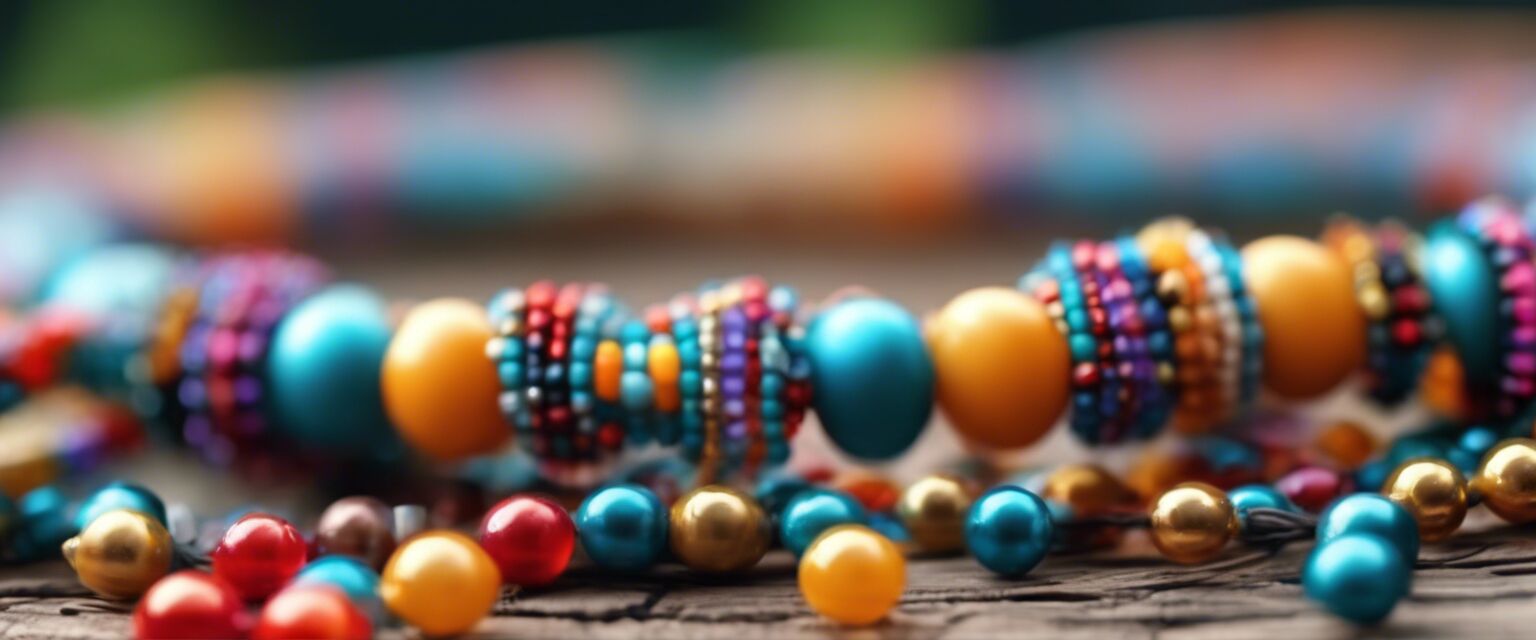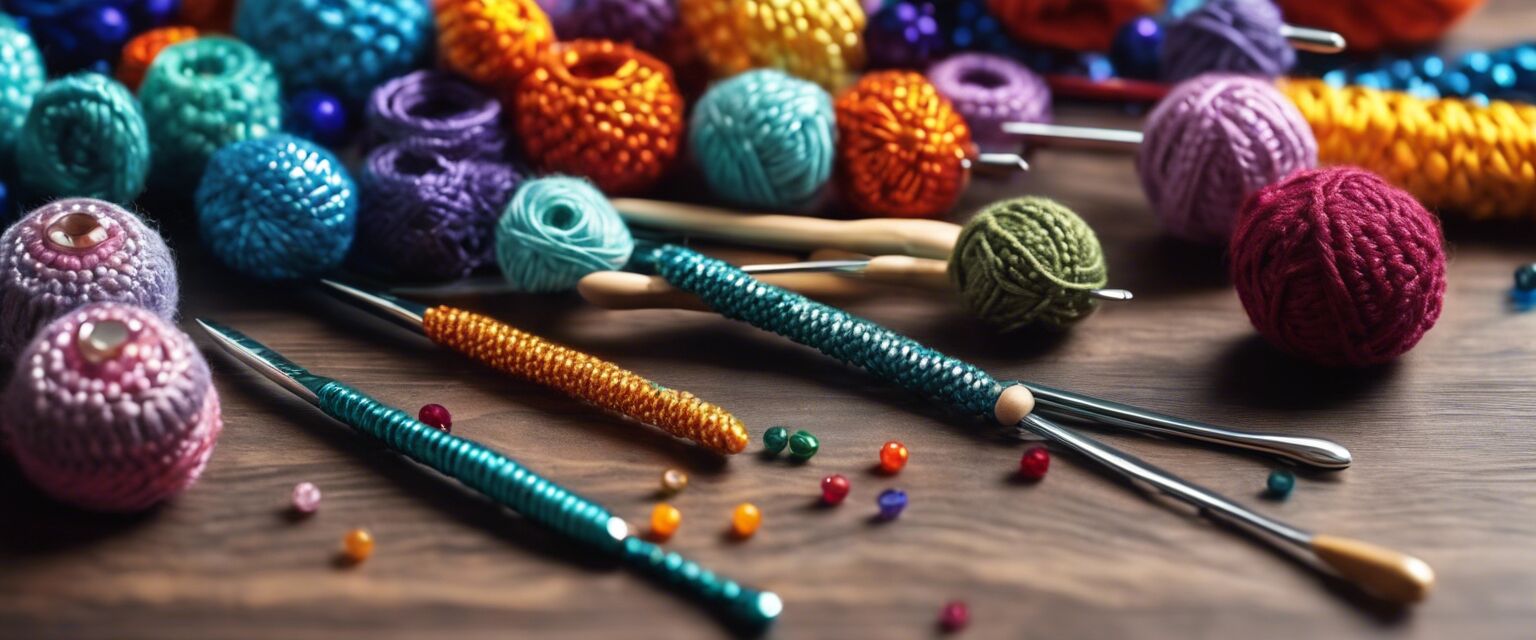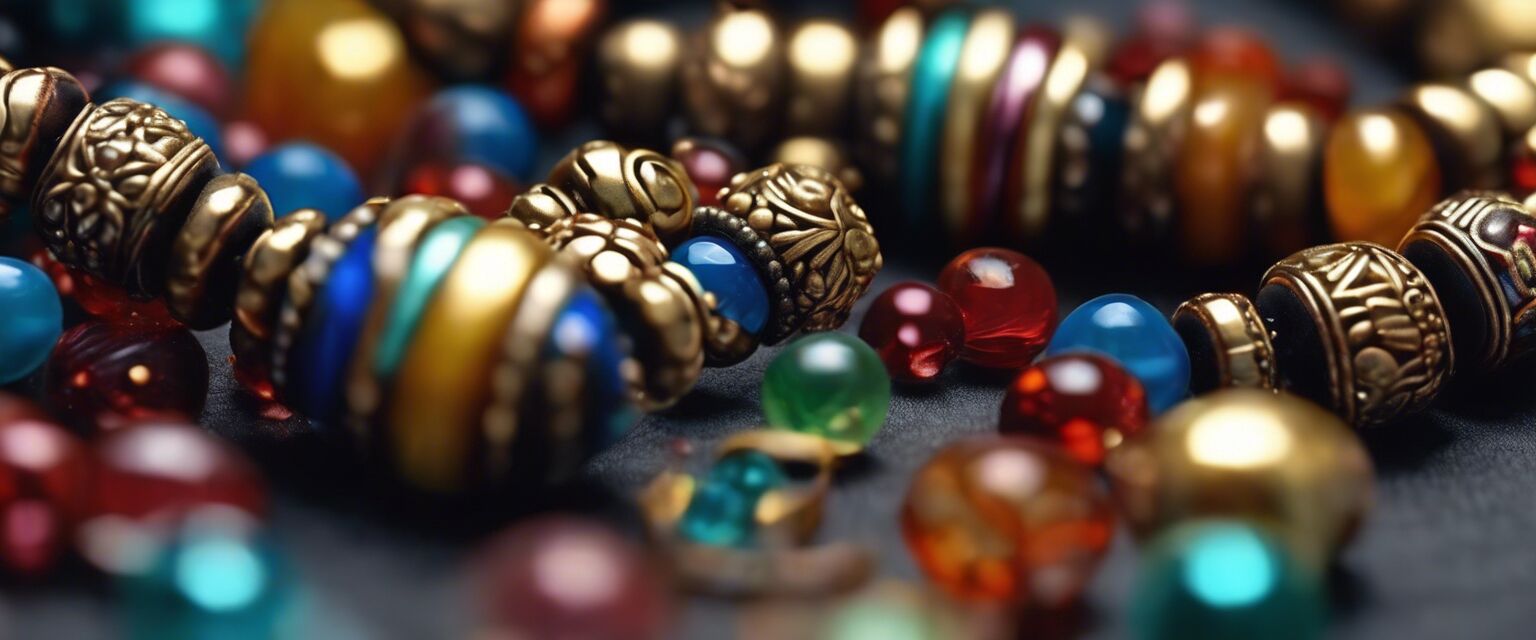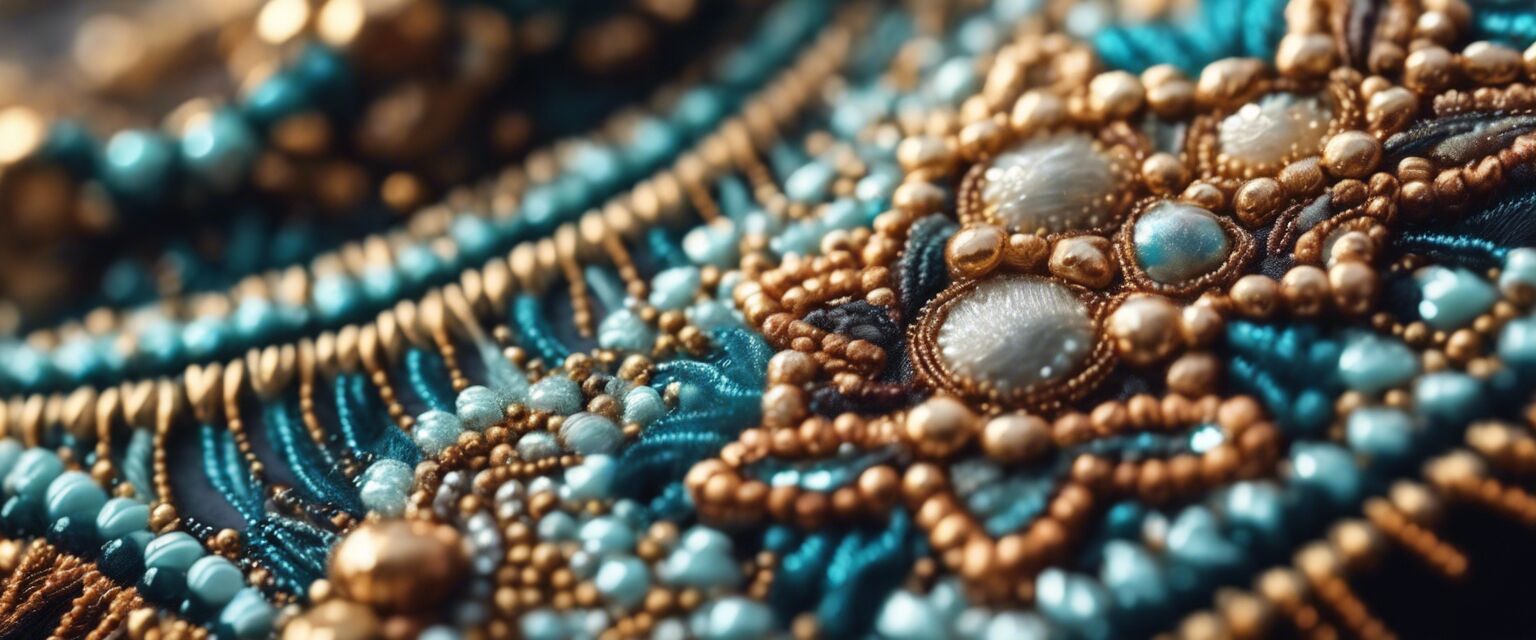
Bead Embroidery: Techniques for Embellishing Fabric with Beads
Bead embroidery is a fascinating technique that involves embellishing fabric with beads to create intricate and detailed designs. This ancient art form has been used in various cultures around the world to adorn clothing, accessories, and home decor items. In this article, we'll delve into the world of bead embroidery, exploring its history, basic techniques, and essential tools and supplies.
Key Takeaways
- Bead embroidery is a versatile technique that can be used on various fabrics and projects.
- Basic techniques include the lazy stitch, backstitch, and French knot.
- Essential tools and supplies include beads, needles, threads, and stabilizing materials.
- Practice and patience are key to mastering bead embroidery.
History of Bead Embroidery
Bead embroidery has a rich history that dates back thousands of years. In ancient civilizations, beads were used to adorn clothing, jewelry, and ceremonial objects. The art form was popularized in the Middle Ages, where it was used to embellish royal garments and textiles. Today, bead embroidery is a popular hobby and art form, with enthusiasts around the world creating stunning pieces of art.
Basic Techniques
There are several basic techniques used in bead embroidery, including:
| Technique | Description |
|---|---|
| Lazystitch | A simple stitch used to attach beads to fabric. |
| Backstitch | A versatile stitch used to create outlines and details. |
| French Knot | A decorative stitch used to create textured, dimensional designs. |
Essential Tools and Supplies
To get started with bead embroidery, you'll need the following essential tools and supplies:
- Bead kits or individual beads in various colors and sizes
- Needles, including beading needles and tapestry needles
- Threads, including cotton, silk, and nylon
- Stabilizing materials, such as interfacing or fusible web
- Scissors, tweezers, and other basic crafting tools
Tips for Beginners
Getting Started with Bead Embroidery
- Start with a simple project, such as a small ornament or embellished patch.
- Choose a fabric that is easy to work with, such as cotton or linen.
- Use a stabilizing material to prevent fabric distortion and bead loss.
- Practice, practice, practice! Bead embroidery takes time and patience to master.
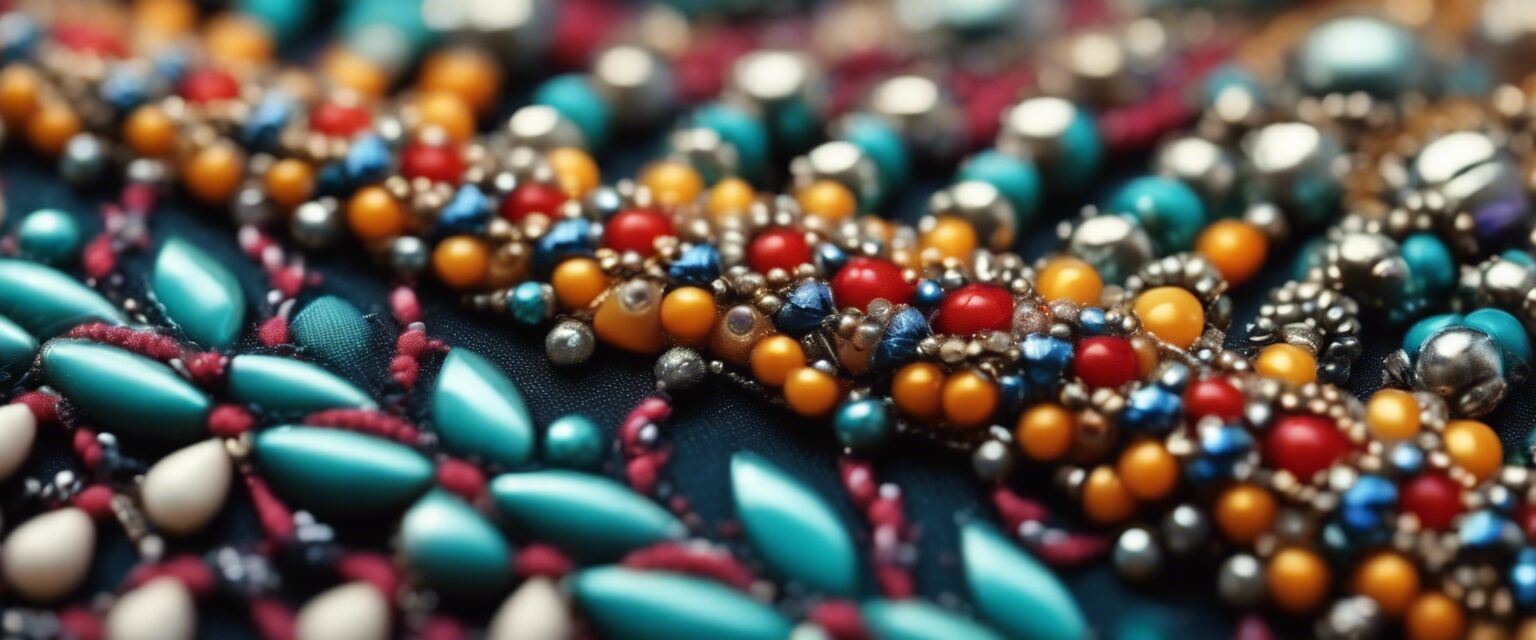
Common Mistakes to Avoid
When starting out with bead embroidery, it's easy to make mistakes. Here are some common mistakes to avoid:
| Mistake | Solution |
|---|---|
| Using the wrong type of needle | Use a beading needle or tapestry needle specifically designed for bead embroidery. |
| Not using a stabilizing material | Use interfacing or fusible web to prevent fabric distortion and bead loss. |
| Not leaving enough thread tail | Leave a long thread tail to avoid running out of thread mid-project. |
Pros
- Portable and easy to take on-the-go
- Can be used on a variety of fabrics and projects
- Allows for creative expression and customization
Cons
- Requires patience and practice to master
- Can be time-consuming and labor-intensive
- May be difficult to work with small beads or intricate designs
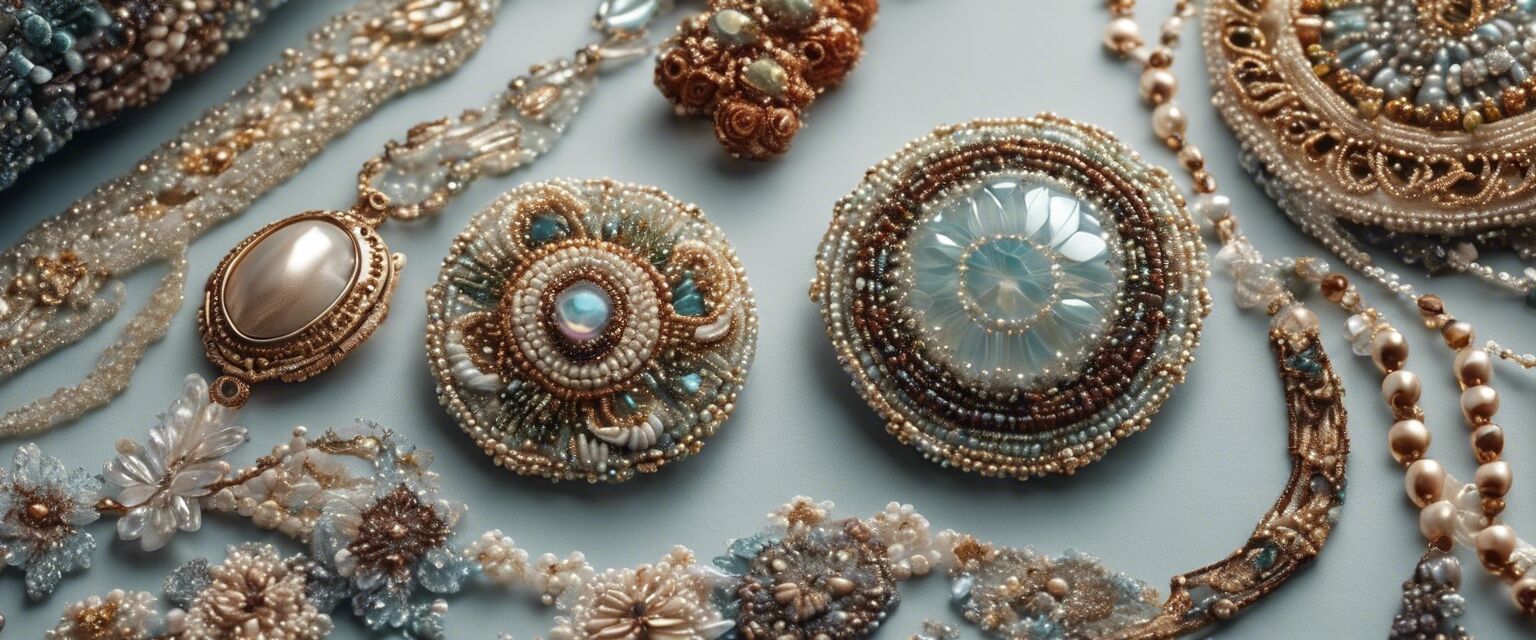
Conclusion
Bead embroidery is a fascinating technique that offers endless possibilities for creative expression. With the right tools, supplies, and techniques, you can create stunning pieces of art that showcase your unique style. Remember to practice patience, take your time, and have fun with the process.
